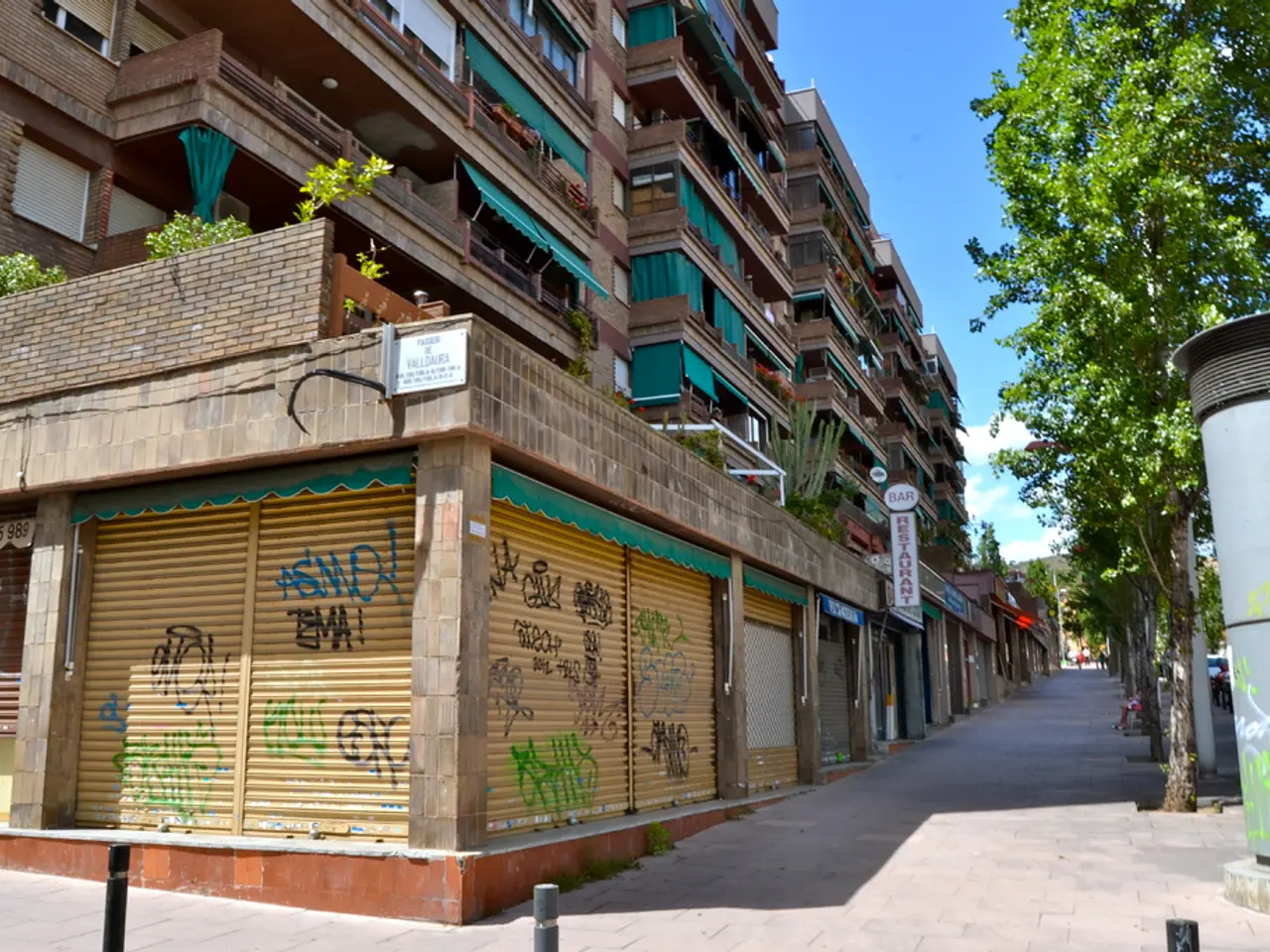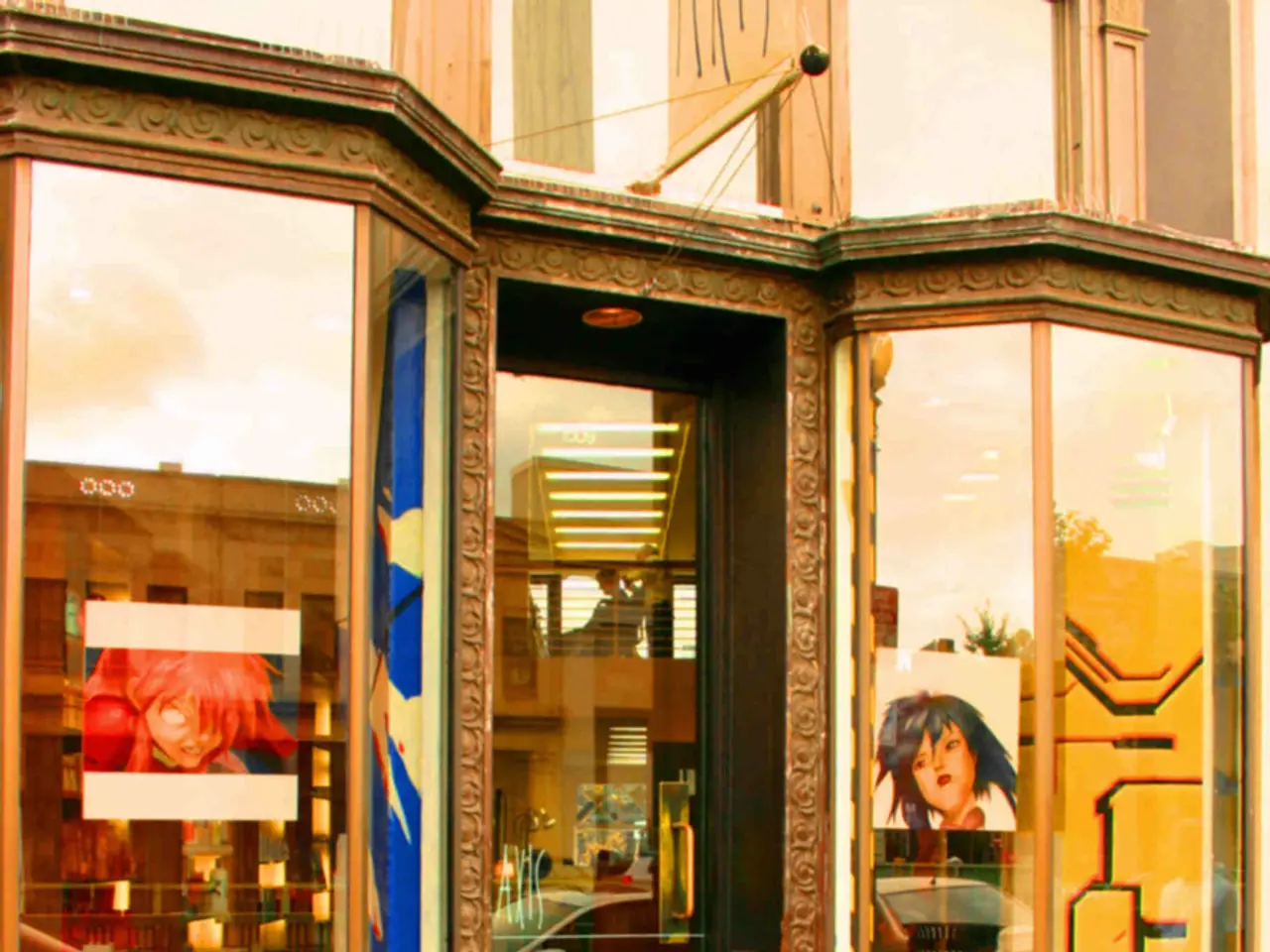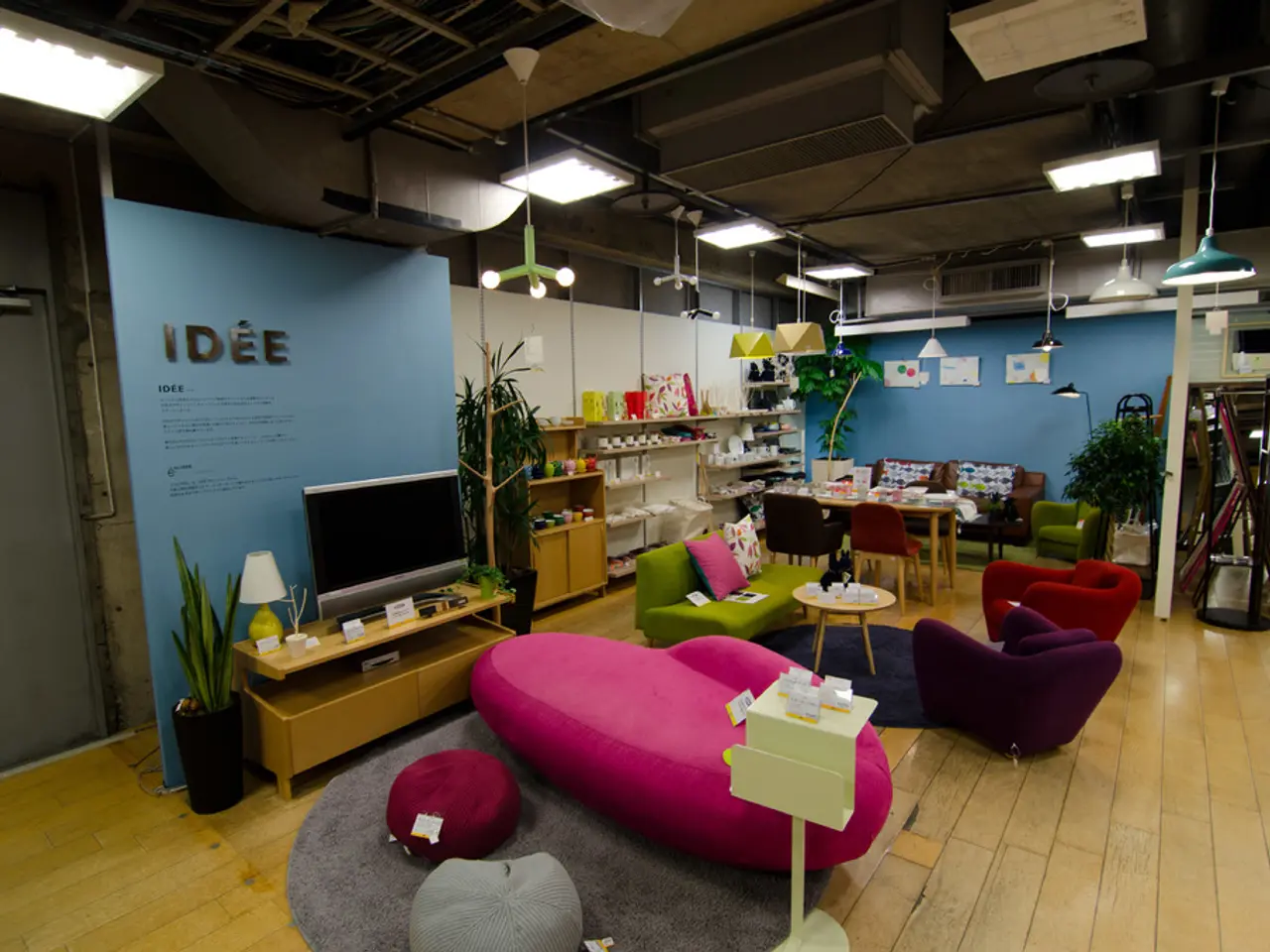Arding and Hobbs: The Name in Style and Fashion
**Arding & Hobbs in Clapham Junction: A Historic Building Transformed**
After nearly a century as a prominent department store, the Arding & Hobbs building in Clapham Junction, London, has undergone a significant transformation. Originally designed in the Baroque style and serving as a retail hub under the Debenhams brand for many decades, the building is now a vibrant hub of high-profile functions.
The restoration process, carried out by London studio Stiff + Trevillion, involved peeling back layers of retail fixtures and fittings to reveal the building's original features. This careful approach uncovered many original features, including a stained-glass dome, a barrel-vaulted stained-glass ceiling, and a dance floor.
The restored Arding & Hobbs building now serves as a private members club, The Arding Rooms, offering amenities and facilities to its members within the historic space. The refurbishment also includes a bar, restaurant, and conference rooms, blending the building’s heritage with modern hospitality offerings. In addition, the building offers flexible workspaces and co-working areas, aiming to attract businesses and creative professionals.
The restoration has been described as a "sensitive transformation," with the aim of exposing and preserving the original architectural features while adapting the space for contemporary uses. New construction elements, primarily made from timber, contribute to the project's carbon neutral goal. A central lightwell has been installed to flood the interior with further daylight, and LED lighting was installed throughout the building.
The building's roof now features an eight-meter-tall 'crown' providing additional workspace and access to a rooftop terrace. Sustainable features include green and brown roofs, roof terrace plantings, a VRF system for heating, high-efficiency mixed-mode ventilation with heat recovery, and an onsite photovoltaic array that generates a portion of the building's electricity.
The restoration and adaptive reuse of Arding & Hobbs mark a significant chapter in the building’s history, blending its architectural legacy with new roles as a private club, hospitality venue, and creative workspace for 21st-century London. The building, once a department store, has undergone a mixed-use restoration, with the basement, ground, and first floors occupied by a gym, an Italian delicatessen, a large corner cafe/restaurant, and other tenants.
| Era | Function | Notable Features | |--------------------|---------------------------------------|----------------------------------------| | 1924–Late 20th C. | Department Store (Debenhams) | Baroque architecture, retail hub | | Early–Mid 2020s | Vacant/Redevelopment Phase | Restoration, adaptive reuse planning | | 2025– | Private Members Club, Clubhouse, Bar, Restaurant, Workspaces | Preserved heritage features, modern amenities |
Sources: [1] The Architect's Journal [2] Dezeen [3] The Arding Rooms [4] Evening Standard [5] Londonist
- As the transformation continues, the refurbished Arding & Hobbs building in Clapham Junction could become a destination for various aspects of modern lifestyle, potentially offering unique food options from the Italian delicatessen or a relaxing shopping experience in their transforming spaces.
- In the realm of home-and-garden or environmental-science enthusiasts, the rooftop terrace with green and brown roofs, complete with roof terrace plantings, might inspire discussions on sustainable practices and urban gardening within the bustling city of London.
- Technology-driven individuals may find interest in the building's energy-efficient systems, such as the central lightwell, LED lighting, VRF system, high-efficiency mixed-mode ventilation with heat recovery, and onsite photovoltaic array, sparking conversations about innovative and environmentally-friendly technologies in the field of architecture.




